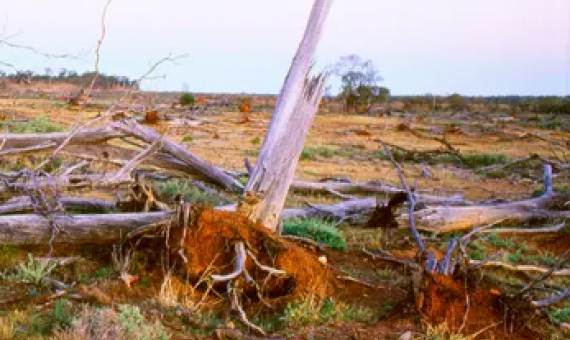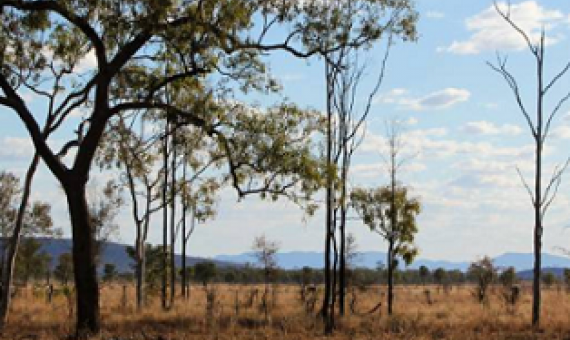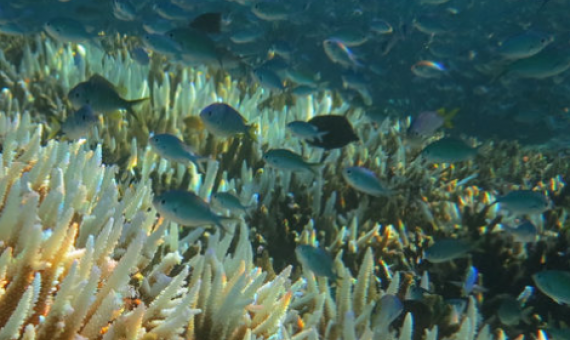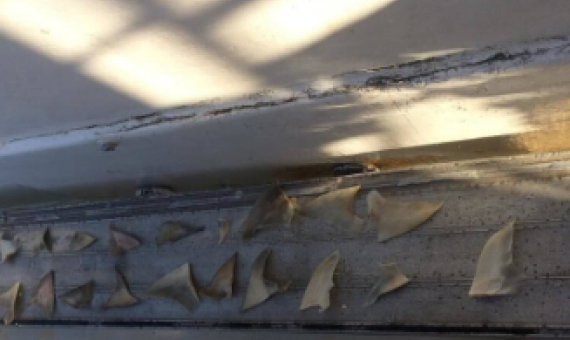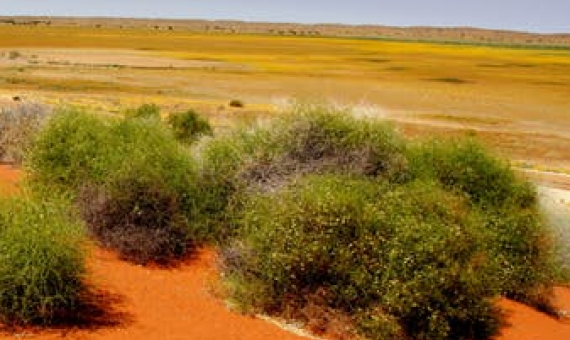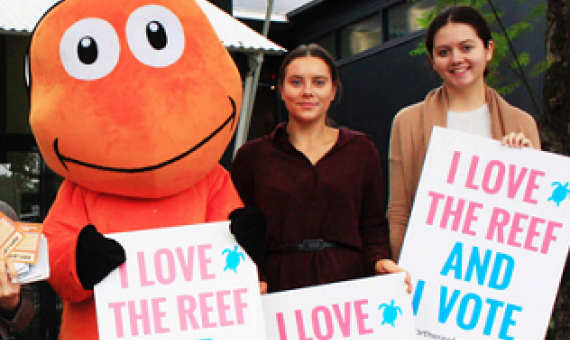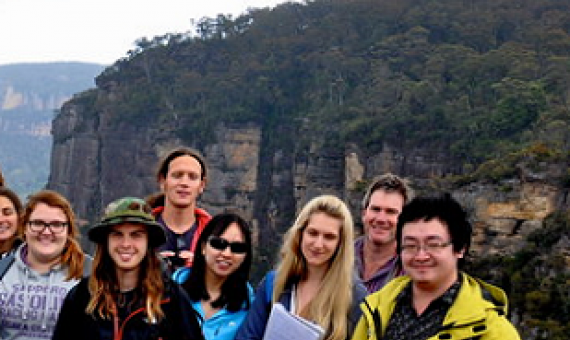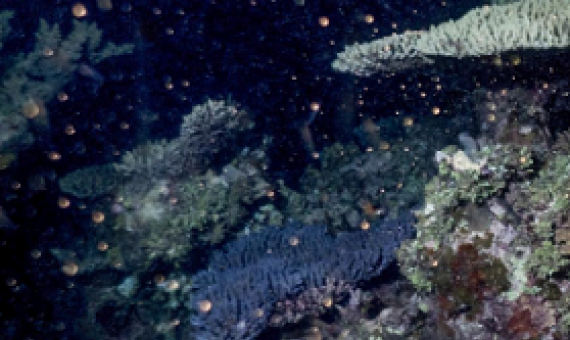A new study led by Macquarie University has found we need to provide more safe havens for wildlife and plant species to survive under climate change in New South Wales’ west. Click on thel ink below to read the full article.
The creation of a new category of private land in Queensland by the state government has been condemned as bad legislation by the Member for Gregory and others. Click on the link below to read the full article.
As global warming drives more events that impact coral reefs, managing the Great Barrier Reef’s resilience demands comprehensive and detailed mapping of the reef bed. Clic k on the link below to read the full article
A skipper and deckhand were fined $7000 after Queensland Government staff raided their boat and found 31 shark fins on board at the port in Cairns. Click on the link below to read the full article.
Australia heavily relies on the work of Indigenous rangers to meet our conservation targets, but they’re being short-changed by federal government funding. Click on the link below to read the full article.
With Australia facing a knife-edge federal poll on May 18, plastic pollution has become an election issue...The Australian Marine Conservation Society is urging voters to consider environmental issues during coming elections. Click on the link below to read the full article.
The Blue Mountains World Heritage Institute, in partnership with the Protected Areas Learning & Research Collaboration (PALRC), offers a five-day intensive training program that aims to give participants a good understanding of adaptive management tools through
Combining traditional knowledge with modern science and technology could reduce loss of property and human life from out-of-control blazes. Each year, huge fires in Australia’s center and north devour all plant and animal life that comes before them.
Climate change is making ocean heat waves worse—a reality that increases the chances for mass bleaching and puts young coral in jeopardy. Click on the link below to read the full article.
Large-scale, multidirectional larval connectivity among coral reef fish populations in the Great Barrier Reef Marine Park
Larval dispersal is the key process by which populations of most marine fishes and invertebrates are connected and replenished. Advances in larval tagging and genetics have enhanced our capacity to track larval dispersal, assess scales of population connectivity, and quantify larval exchange among no-take marine reserves and fished areas. Recent studies have found that reserves can be a significant source of recruits for populations up to 40 km away, but the scale and direction of larval connectivity across larger seascapes remain unknown.

